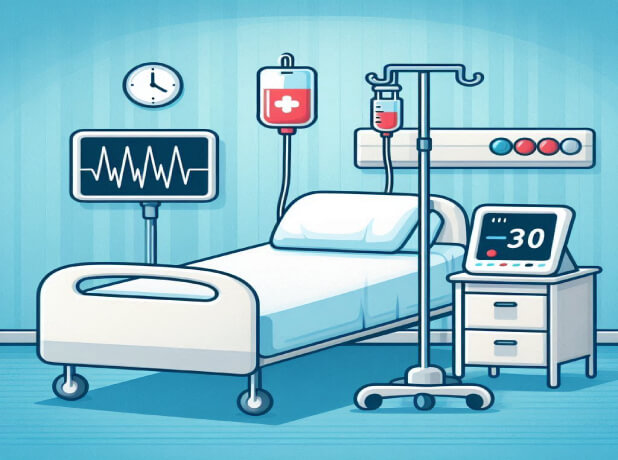🩺 How Ultrasound Guides Fluid Administration in Critical Illness
Abstract:
Intravenous fluids are among the most frequently used therapies in critical care but must be considered drugs, carrying both benefits and risks. Critical care ultrasound (CCUS)—through echocardiography (CCE), lung ultrasound (LUS), and venous excess ultrasound (VExUS)—offers a structured way to assess the risks and benefits of fluid administration. This article outlines a stepwise framework for integrating ultrasound into bedside decision-making during the optimization and stabilization phases of critical illness.
Key Insights:
-
Fluids should be considered only when tissue hypoperfusion is evident, with CCUS serving as the main tool to balance risks and benefits .
-
CCE helps identify overt hypovolemia by evaluating LV end-diastolic area (<10 cm²) and signs like “kissing walls”; a small IVC diameter (≤10 mm) supports the diagnosis .
-
Advanced CCE may also reveal left ventricular outflow tract obstruction in hypovolemic patients, requiring immediate fluids to prevent collapse .
-
In the absence of overt hypovolemia, CCE screens for cardiac conditions such as RV dilation (RV/LV ratio >0.6), severe valve disease, or elevated LV filling pressures, which increase fluid risk .
-
Doppler parameters like E/e′ >8 or e′ ≤8 cm/s help identify elevated LV filling pressures; an E/A ratio >1.8 confirms this with high specificity .
-
LUS evaluates pulmonary congestion: an A-profile (<3 B-lines) suggests low risk for edema, whereas a bilateral B-profile (≥3 B-lines) indicates increased risk, especially if heterogeneous .
-
Pleural abnormalities and large bilateral effusions further raise concern for fluid-induced pulmonary edema .
-
VExUS detects systemic venous congestion, with IVC ≥20 mm plus abnormal hepatic, portal, or renal venous flow patterns signaling high congestion risk .
-
Functional testing with LVOT-VTI changes during passive leg raise or inspiratory/expiratory occlusion predicts fluid responsiveness and bolus efficacy .
-
CCUS integration allows fluid decisions tailored to individual physiology rather than fixed thresholds, supporting safer and more effective hemodynamic management .
Conclusion:
Fluids should be used with the same caution as drugs. By combining echocardiography, lung ultrasound, and venous ultrasound, CCUS provides a holistic framework for evaluating hypovolemia, congestion risks, and fluid responsiveness. This stepwise approach personalizes fluid therapy and helps avoid iatrogenic harm.
Take-Home for Clinicians: Ultrasound should guide all critical fluid decisions. Overt hypovolemia requires immediate fluids, but in other patients, cardiac dysfunction, pulmonary congestion, and systemic congestion must be excluded before proceeding. LVOT-VTI–based functional tests remain key to predicting fluid benefit.
Discussion Question: Should CCUS-guided protocols replace static measures like CVP or fluid balance in ICU fluid management, becoming the new gold standard for bedside fluid decision-making?
Open Access This article is licensed under a Creative Commons Attribution 4.0 International License, which permits use, sharing, adaptation, distribution and reproduction in any medium or format, as long as you give appropriate credit to the original author(s) and the source, provide a link to the Creative Commons licence, and indicate if changes were made. The images or other third party material in this article are included in the article’s Creative Commons licence, unless indicated otherwise in a credit line to the material. If material is not included in the article’s Creative Commons licence and your intended use is not permitted by statutory regulation or exceeds the permitted use, you will need to obtain permission directly from the copyright holder. To view a copy of this licence, visit http://creativecommons.org/licenses/by/4.0/.
Upcoming events



